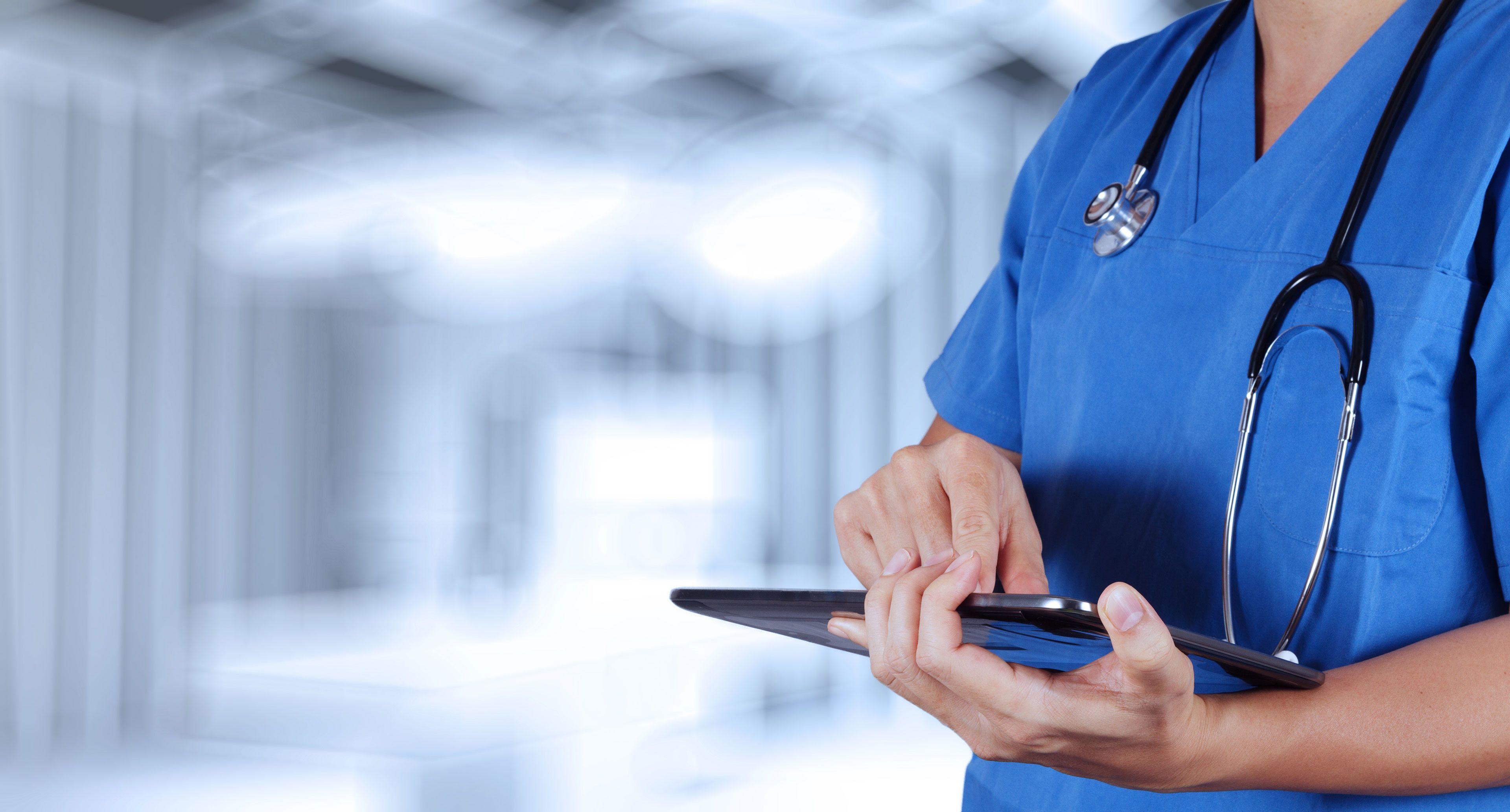
Exploring the Human Anatomy & Physiology
Human anatomy and physiology are intricately intertwined fields that explore the structure and function of the human body. Anatomy focuses on the study of the physical structures of the body and their relationships to one another. This includes organs, tissues, bones, muscles, and other components. Physiology, on the other hand, delves into the functions and processes of these structures, understanding how they work individually and in coordination to maintain health and enable various bodily functions.
One fundamental concept in human anatomy is the organization of the body into different systems, each with its own specialized structures and functions. These systems include the skeletal system, which provides support and protection for the body, the muscular system, responsible for movement and posture, and the nervous system, which controls bodily functions through electrical signals. Other systems include the circulatory system, respiratory system, digestive system, and reproductive system, each playing vital roles in maintaining homeostasis and sustaining life.
Physiology examines how these anatomical structures operate and interact to carry out essential processes such as digestion, respiration, circulation, and reproduction. It explores how cells, tissues, and organs function together in complex pathways and regulatory mechanisms. For example, physiology investigates how the heart pumps blood through the circulatory system, how muscles contract and relax to produce movement, and how the nervous system transmits signals to coordinate bodily functions. Understanding both anatomy and physiology is crucial for healthcare professionals to diagnose and treat medical conditions effectively, as well as for individuals to maintain their overall health and well-being.
